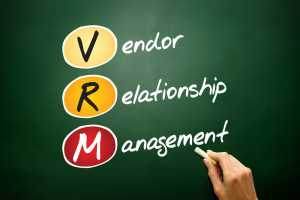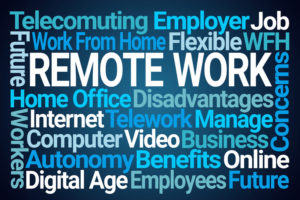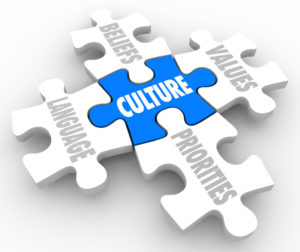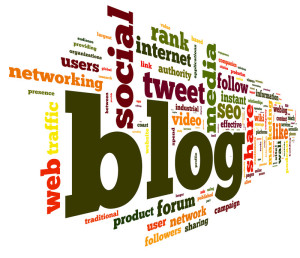I wrote “One of those weeks….” several years ago. As usual, I had a lot of blog ideas that week but no time to write given how the week evolved in “CIO land”. I recently moved my blog writing and publishing schedule to the weekend but with this past weekend filled with getting a house ready to list, that just didn’t happen. When we first decided it was a good time to sell and downsize, I told my husband I couldn’t deal with it while I was still doing this interim CIO engagement and giving weeknight and weekend hours to my consulting firm, StarBridge Advisors. I was just too busy.
schedule to the weekend but with this past weekend filled with getting a house ready to list, that just didn’t happen. When we first decided it was a good time to sell and downsize, I told my husband I couldn’t deal with it while I was still doing this interim CIO engagement and giving weeknight and weekend hours to my consulting firm, StarBridge Advisors. I was just too busy.
Once we started looking at places, we decided to jump in and not wait. So here we are, getting the house ready for pictures so we can list it (you know those pictures in the online listings that look like model homes and as though no one lives there). It’s still a hot seller’s market so hopefully it will sell fast. But we’ve been there before only to be disappointed by a longer than expected sales cycle.
Being super busy means being organized is not an option – it’s a necessity. Prioritizing, staying organized, timeboxing, and knowing when to get help are just some of the skills needed now. As I’ve admitted in the past, I am a work in process in all these areas. If you can relate, check out some of these past posts:
Struggling to get (or stay) organized? You are not alone
Managing priorities and maintaining balance
7 tips for managing in the fast lane
What does weeding have to do with work?
Yes, despite the funky titles of the last two, even they are useful. Lot of good reminders and tips for me during this period. If you find yourself busier than you can handle, you might just find something useful here as well.









